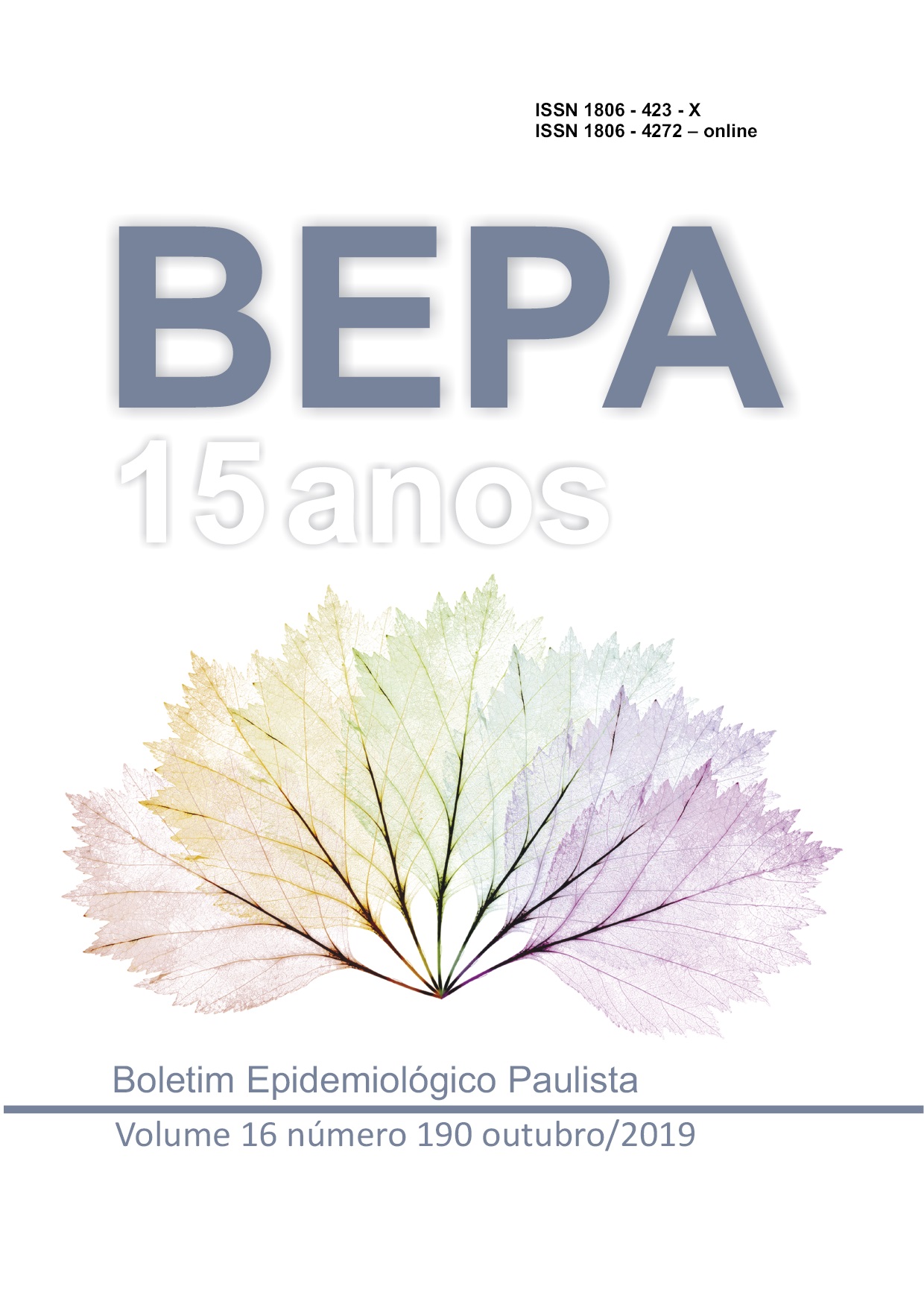Abstract
In the last three decades, visceral leishmaniasis (VL) has expanded to large urban centers in Brazil. Among
the factors that contribute to this urbanization, difficulties in the execution of control measures, especially
those related to the reservoir are considered besides the inefficiency in vector control. Control strategies have
not been able to prevent geographical expansion or reduce the incidence and lethality of VL. The control of
the canine reservoir is the most effectively worked component with domestic dogs being the main source
of infection and reservoir of L. infantum chagasi in urban endemic environments due to its proximity
to humans. In the city of Bauru, VL has been a major challenge for public health services since 2002,
and it is among the municipalities with the greatest dissemination of natural outbreaks of transmission and
production of new cases of human VL in Brazil. In the present study, different strategies for the identification
and control of canine reservoirs of L. infantum chagasi in areas endemic for visceral leishmaniasis were
applied in different Bauru neighborhoods. Dogs cohorts were formed to evaluate: A. Prevalence, incidence
and seroconversion rates in the diagnosis of canine VL; B. The effectiveness of the strategies for the sixmonth or annual identification of canine reservoirs of L. infantum chagasi in reducing the prevalence of
canine infection; C. Canine entry and replacement rates; D. Risks to canine VL, due to the time of exposure
in the endemic environment or by the number of dogs in the household; E. Environmental analysis to identify
the presence of risk factors in households with infected dogs. In The Santa Terezinha and Manchester Park
neighborhoods were done semi - annual serological surveys and the neighborhoods of Vanuire and Jardim
Helena with annual serological surveys to identify infected dogs and determination of prevalence rates.
Statistical analysis reveal no significant differences for any of the categorical variables, sex, age, animal
size, hair size, clinical signs, when considering the overall results, for all four neighborhoods. When analyzing
the conditions for conducting semi-annual and annual surveys, it was not possible to identify differences
between the two prospective infection conditions in the canine population. When analyzing the conditions
of semi-annual and annual surveys, significant differences were observed in relation to the entry and the
canine replacement, respectively, in subsequent surveys and in the situation of previous collection and culling
seropositive dogs. In the Santa Terezinha and Manchester Park neighborhoods, the decrease in the time
interval between investigations provided a rapid and drastic reduction in the prevalence of canine infection,
around the eighteenth month of the study, however it returned to the previous values in the following months,
being identified the importance of the permanent entry of new animals and the replacement of infected
animals. It was observed that households with more than two dogs present a risk for canine LV about 2.5 (two
and a half times) greater than that of one or two animals. These results strengthen, from the operational point
of view, the strategy of active search for canine infection at twelve-month intervals.

This work is licensed under a Creative Commons Attribution 4.0 International License.
Copyright (c) 2019 Sabrina de Bastos Alves da Silva, José Eduardo Tolezano
